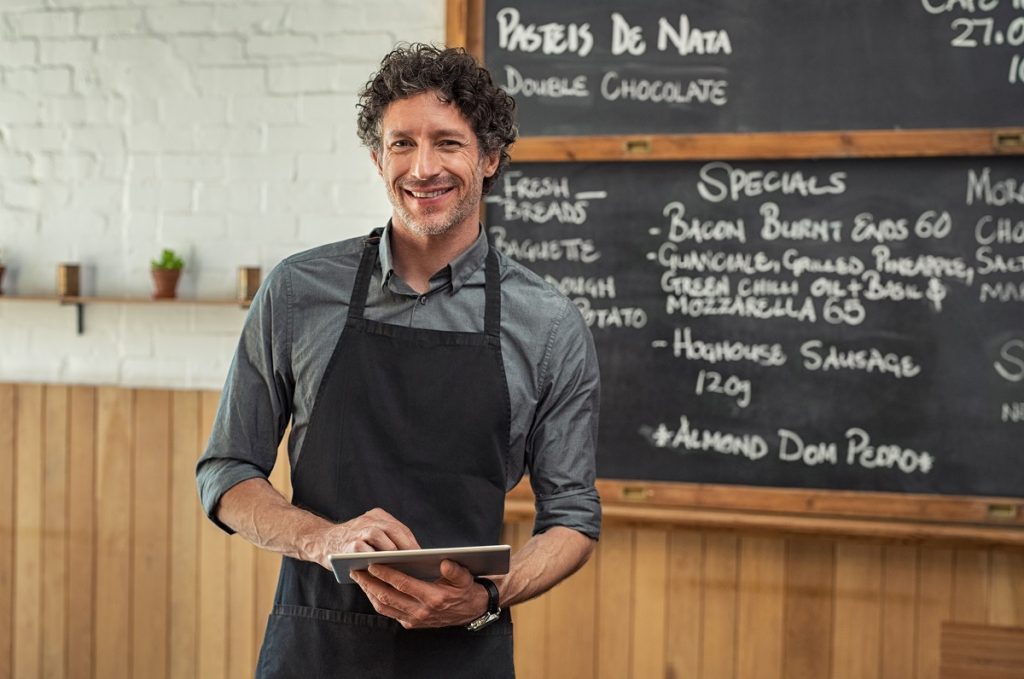- The restaurant industry faces increasing problems, including competition, changing consumer behavior, and rising costs.
- Restaurants must provide unique experiences, adapt to health-conscious trends and devise cost-cutting strategies.
- Skilled labor shortages are due to the industry’s reputation for low wages and long hours, warranting improved working conditions.
- Advancements in technology are crucial in the restaurant industry, although costly, are essential for maintaining competitiveness.
- Alternatives to traditional restaurants, like food trucks, meal delivery services, and pop-up restaurants, offer cost-effective and flexible business opportunities.
The restaurant business is tough, and it’s only getting tougher with the growing problems that come with it. Running a successful restaurant takes more than good food and great service. With technological shifts, changing customer demographics, and increased competition, restaurants face new and growing challenges daily.
As a business owner or entrepreneur in the restaurant industry, it’s important to stay ahead of the game and be aware of these challenges to ensure the success of your business. Here’s what you need to know about the industry today, the problems every restaurant face, and alternative business options better than restaurants today.
The Restaurant Industry Today

It’s estimated that restaurants made nearly a trillion dollars in sales last year. It’s a growing industry, but with it comes an ever-increasing amount of problems. From rising minimum wages and taxes to increasing operational costs, the restaurant industry faces challenges that make it difficult for businesses to stay afloat. Here are some of the common problems that restaurants face today.
1. Increased Competition
Currently, there are more than 42,000 restaurants in the U.K. Additionally, with the rise of meal delivery services, food trucks, and pop-up restaurants, the competition in the restaurant industry is getting more intense.
Customers have more options than ever before and are less brand loyal. To overcome this challenge, restaurants must differentiate themselves by providing unique and memorable experiences. This can be through creative menus, personalized service, or even hosting special events.
2. Shifting Consumer Demographics
Today’s consumers have different preferences than those of the past. They are more health-conscious and eco-friendly and often prefer fast-casual dining over traditional fine dining experiences. Restaurants must adapt by offering healthy and sustainable eating options and providing quick and convenient services.
3. Labor Shortages
The restaurant industry faces a shortage of skilled workers, from chefs to servers. This is partly due to the industry’s reputation for low wages and long hours. To attract and retain talented staff, restaurants must provide competitive wages, flexible schedules, and opportunities for growth and development.
4. Technology Challenges
Technology is rapidly advancing and has become integral to the restaurant industry. From online ordering to mobile payments, restaurants need to stay up-to-date to remain competitive. However, implementing new technology can be costly and time-consuming, and choosing the right solutions for your business is essential.
5. Rising Costs
Running a restaurant is expensive, and costs only increase with rising food prices, rent, and wages. This makes it more difficult for restaurants to make a profit, and they need to find ways to cut costs without sacrificing quality. This can include reducing food waste, negotiating with suppliers, and finding creative marketing solutions.
Alternatives to Restaurants
As a business owner, you might look for other business options to break into the food service industry. Here are some alternatives to consider:
Food Trucks

Food trucks offer an accessible and cost-effective way to enter the restaurant business. They allow you to serve many customers in different locations, giving your business more exposure than a traditional sit-down restaurant. It also requires less capital upfront and has fewer operational costs. To get started, you can buy or hire catering trailers online. These trailers can be a more affordable and convenient way to serve customers.
Meal Delivery Services
Meal delivery services are becoming increasingly popular and offer an excellent opportunity for small restaurants. They allow you to focus on your specialty dishes without worrying about the upkeep of a restaurant, such as rental costs or staffing. Additionally, meal delivery services provide an easy way to make food for many people, making it a great option for catering and events.
Pop-Up Restaurants
Pop-up restaurants, or temporary eateries, are becoming increasingly popular as they offer a unique experience that can’t be replicated in traditional dining establishments. They allow you to experiment with food ideas and recipes without committing to opening a full restaurant. Plus, they can be a great way to test the market before taking the plunge and launching a full restaurant.
Running a successful restaurant is no easy task. However, if you’re willing to put in the effort and take advantage of new business opportunities, you can make it work. With these insights into restaurants’ challenges and possible alternatives to consider, you’re better equipped to tackle the industry and make your business thrive.

